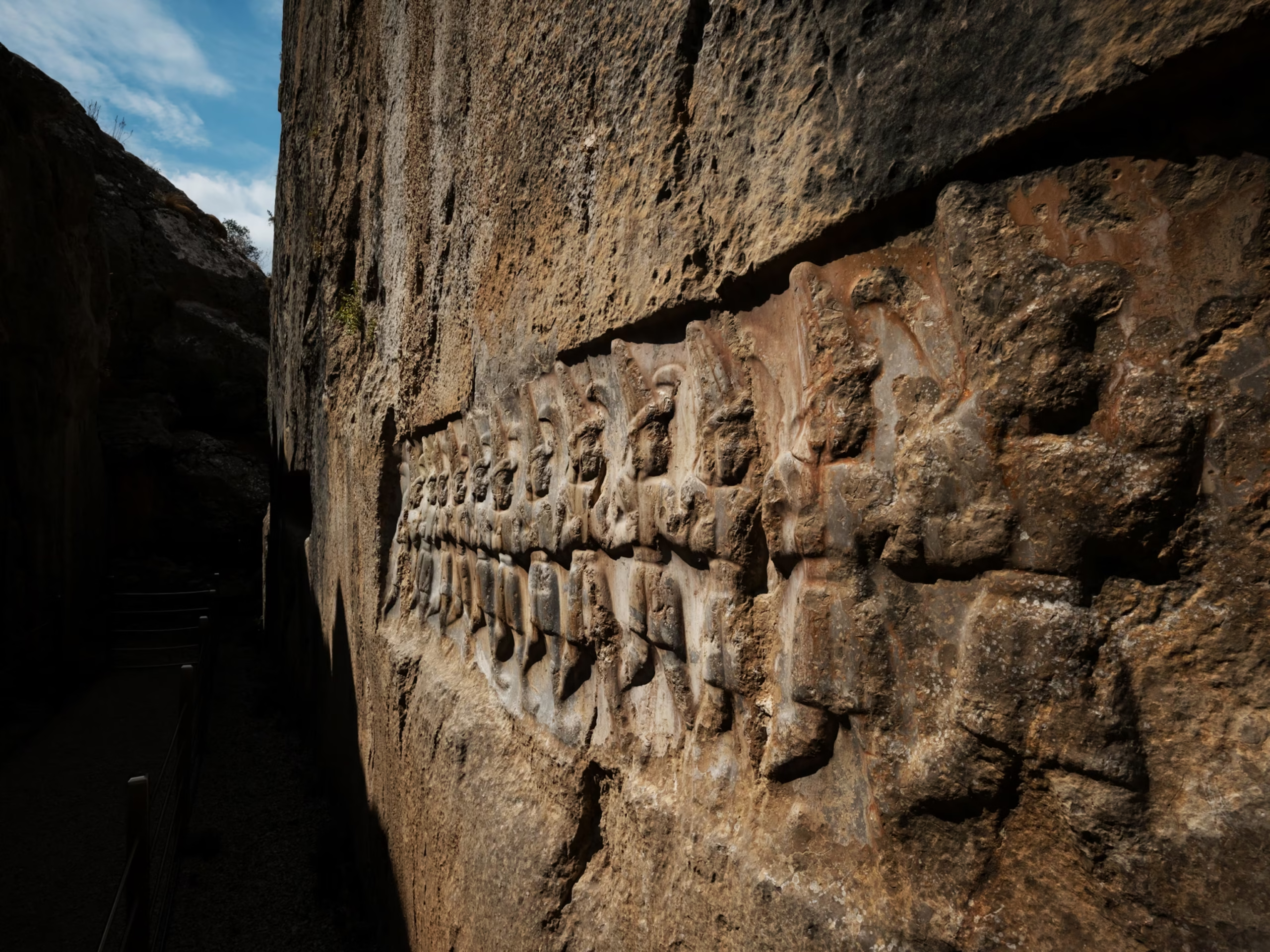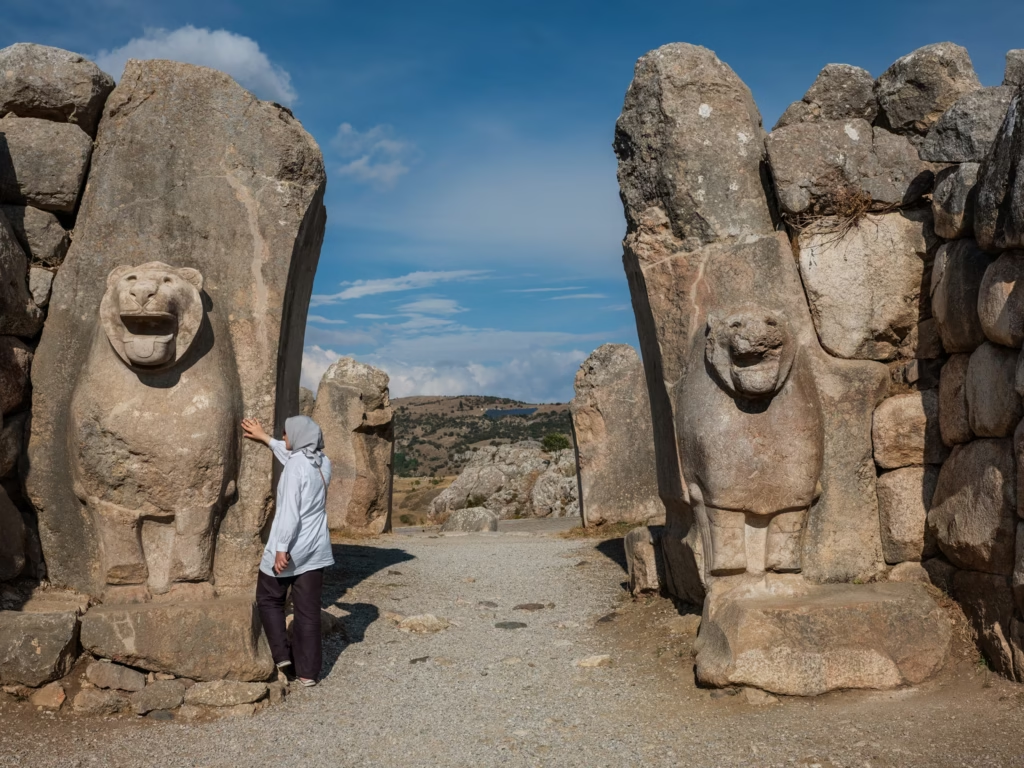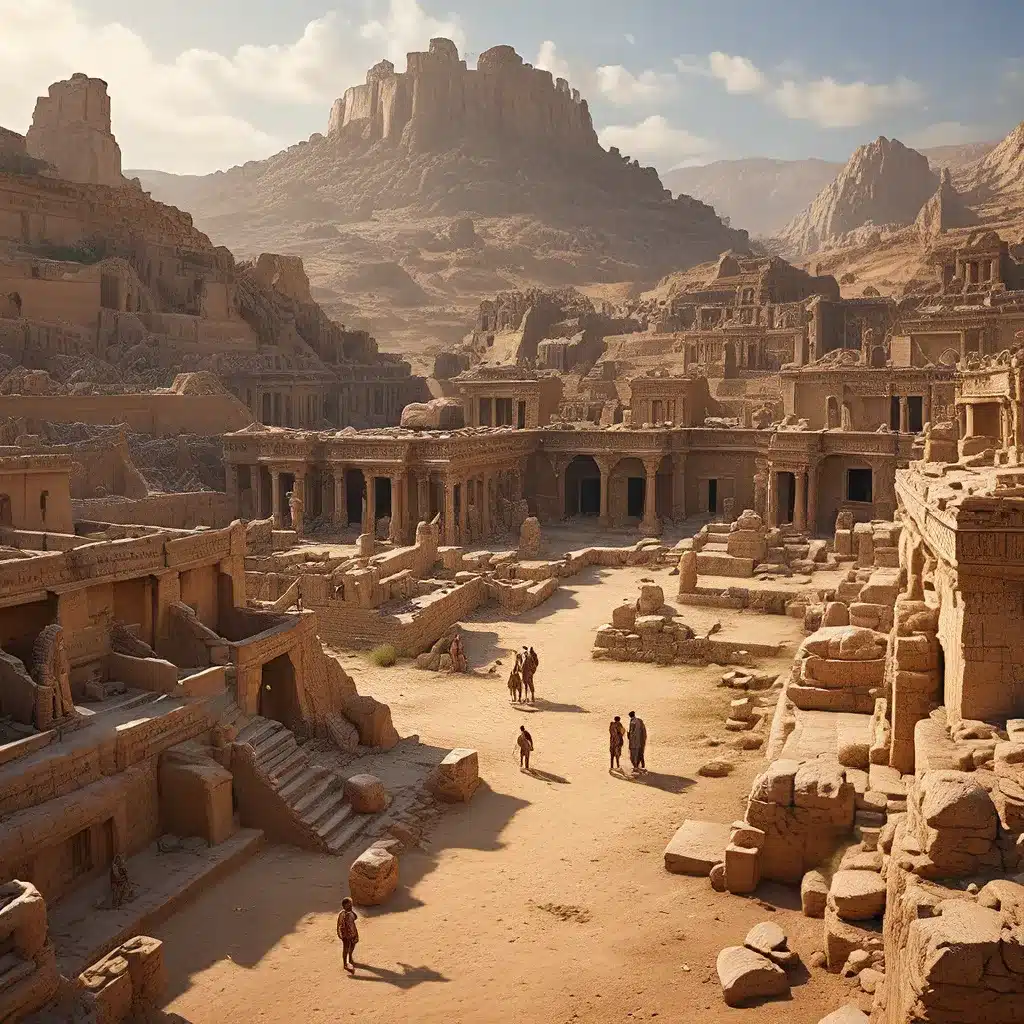The Ancient Empire That Civilization Forgot: The Enigma of the Kingdom of Urartu

When we think of ancient empires, names like Egypt, Rome, Babylon, and Greece dominate the historical imagination. But nestled among the mountains of eastern Anatolia, the South Caucasus, and northwestern Iran once thrived a powerful and complex kingdom that has since faded from collective memory: Urartu.
Overshadowed by its more famous neighbors like Assyria and Persia, the Kingdom of Urartu was a formidable Iron Age civilization that flourished from the 9th to 6th centuries BCE. Though largely forgotten by modern civilization until rediscovered in the 19th century, Urartu’s influence on architecture, engineering, and statecraft still echoes in the ancient world.
This is the story of the ancient empire that history almost forgot—and how scholars are rediscovering its legacy.
🏔️ Where Was Urartu?
The Kingdom of Urartu was centered around Lake Van, in what is now eastern Turkey, and extended into parts of Armenia, Iran, and Iraq. The terrain was mountainous and strategically significant, rich in metals and protected by natural fortresses.
The name “Urartu” is derived from Assyrian records, but the Urartians referred to themselves as the Biainili and their kingdom as Bianili or Biainili-Urartu.
📜 Origins and Rise to Power
Urartu first emerges in written history around 860 BCE, when the Assyrians began referencing a rival mountain kingdom that posed a threat to their northern frontiers.
Key points in Urartu’s rise:
- It likely evolved from local tribal cultures, influenced by the earlier Hurrian and Hittite civilizations.
- The first major king, Arame (c. 858 BCE), unified the region and established a centralized authority.
- The capital was moved to Tushpa, modern-day Van.
Urartu was contemporaneous with the Neo-Assyrian Empire, often at war with it and matching its organizational prowess and military strength.
⚔️ Government, Kingship, and Warfare
Urartu was a centralized monarchy, with power centered on the king but supported by a sophisticated administrative system.
Notable Kings:
- Sarduri I: Fortified Tushpa and began major building projects
- Menua and Argishti I: Expanded the empire’s territory significantly
- Rusa I: Struggled against rising Assyrian pressure
The kingdom maintained a large standing army, fortified cities, and an extensive network of roads and stone fortresses that rivaled any in the region.

🏗️ Engineering and Architecture
One of Urartu’s greatest achievements was its advanced engineering, especially in water management and fortress construction.
Engineering feats:
- Aqueducts and canals to irrigate difficult mountain terrain (Menua Canal still exists!)
- Cyclopean masonry using massive stone blocks without mortar
- Temples, palaces, and fortresses built with impressive precision
Urartian architecture strongly influenced later Achaemenid Persian and Armenian building styles.
📜 Language and Writing
The Urartians used a form of cuneiform script, adapted from the Assyrians, and inscribed it on stone steles, tablets, and building walls.
- The Urartian language was neither Semitic nor Indo-European—it belonged to the Hurro-Urartian language family, now extinct.
- Most inscriptions were royal declarations, territorial claims, or dedications to gods.
Despite a rich corpus of inscriptions, Urartian texts remain only partially understood, limiting scholars’ insights into daily life and administration.
🔱 Religion and Beliefs
Urartian religion was polytheistic, with gods representing natural forces, warfare, and the heavens.
Key Deities:
- Ḫaldi – the chief war god, often depicted standing on a lion
- Arubani – goddess of fertility and art
- Teisheba – god of storms and thunder
Temples were built within citadels, and ritual practices included offerings, animal sacrifice, and elaborate religious ceremonies.
📉 Decline and Fall
Urartu began to weaken in the 7th century BCE, due to:
- Constant wars with the Assyrians and Scythians
- Internal strife and economic pressures
- A mysterious invasion by the Medes or Cimmerians, around 585 BCE
By the end of the 6th century BCE, Urartu had collapsed. Its territory was eventually absorbed into the Medo-Persian Empire.
🏺 Rediscovery in Modern Times
Urartu was virtually forgotten for over two millennia until its ruins and inscriptions were rediscovered in the 19th century by explorers and archaeologists.
Key Discoveries:
- Fortresses and inscriptions around Lake Van
- Artifacts and bronze work preserved in museums in Armenia, Turkey, and Europe
- Sites such as Erebuni (Yerevan), Tushpa, and Argishtikhinili
Today, Urartian heritage is celebrated particularly in Armenia, where many scholars view it as a precursor to Armenian statehood.
🌍 Legacy and Influence
While Urartu itself disappeared, its influence lived on:
- Architectural models were adopted by the Persians and Armenians
- Many Urartian fortresses were reused by later empires
- The Armenian language preserved some Urartian vocabulary
- Elements of Urartian metalwork, irrigation, and urban planning were passed down through centuries
Urartu serves as a bridge between Bronze Age city-states and the great Iron Age empires of the Near East.
🧠 Why Did We Forget Urartu?
Several factors contributed to Urartu’s obscurity:
- Lack of biblical or Greco-Roman references
- Language extinction and limited textual evidence
- Overshadowing by better-documented empires like Assyria, Persia, and Rome
- Difficult mountainous terrain limited early archaeological access
Yet the modern rediscovery of Urartu has added a vital chapter to the ancient history of the Near East—one that scholars are still writing today.
🗺️ Top Urartian Sites to Explore (Today’s Borders)
- Van Fortress (Turkey) – Includes royal inscriptions and views of Lake Van
- Erebuni Fortress (Armenia) – Founded by Argishti I, considered a precursor to Yerevan
- Karmir Blur (Armenia) – Rich in artifacts and architectural remains
- Altintepe (Turkey) – Site of temples and burial mounds

🧭 Conclusion: Echoes of a Forgotten Empire
The Kingdom of Urartu may not have survived the tides of conquest, but its footprint remains etched in stone, buried beneath highland soil and scattered across museum cases. Its rediscovery reminds us that history is not only what is remembered—it is also what is rediscovered.
As new excavations and translations continue, Urartu is finally emerging from the shadows, offering us a deeper understanding of civilizations lost and lessons learned.




